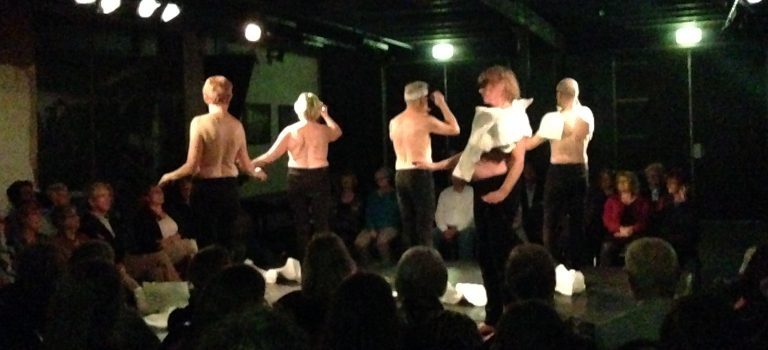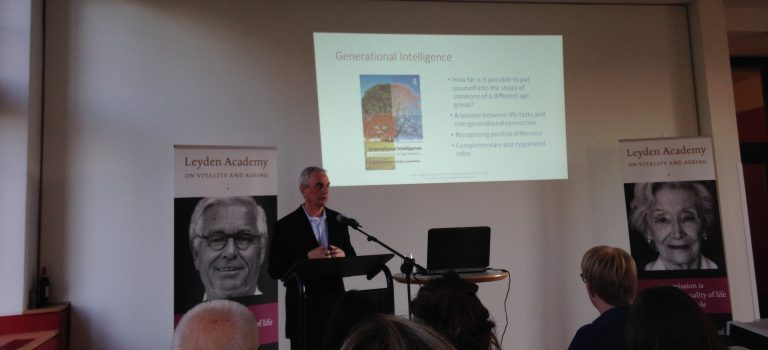Rapid development and urbanisation have led to a complete overturn of mortality in developing countries; people dying from chronic diseases, obesity and smoking now outnumbering those who die from malnutrition and infection. According to an international group of researchers, focus on public health in these developing countries should shift to advocating a healthy lifestyle and fighting chronic diseases in later life, rather than simply addressing communicable diseases that take their toll at younger ages. Lack of time has made citizens of developing countries unable to adapt and they are therefore more susceptible to diseases of affluence. These findings were published on 17 February 2016 in The American Journal of Tropical Medicine and Hygiene.
Non-communicable diseases have surpassed traditional diseases
With their transition from adverse to affluent environments, developing populations experience a rapid increase in the number of individuals with non-communicable diseases like cardiovascular diseases, cancer, chronic respiratory diseases, and diabetes. In Africa, these diseases already account for more deaths than traditional diseases like malaria and pneumonia. It is expected that the number of deaths due to non-communicable diseases will comprise a staggering 71% of all deaths in developing populations and is more than four times higher as compared with western populations in 2030.
Triple evolutionary mismatch
The researchers argue that developing populations are more susceptible than western populations to suffer from these non-communicable diseases, due to a ‘triple evolutionary mismatch’. Researcher David van Bodegom of Leyden Academy on Vitality and Ageing explains: "Developing populations experience a fast transition from adverse to more affluent environments, often within a single generation. Western populations have experienced this transition over multiple generations, giving them more time to adapt culturally and epigenetically. Developing populations remain not only genetically, but also culturally and epigenetically mismatched with their increasingly affluent environments. Culturally, there is often still an ideal of corpulence and physical inactivity, representing status in men and fertility in women. Epigenetically, many Africans living today were born in poverty. Their bodies were programmed during their youth to maximally store calories in fat reserves for adverse times, now giving rise to obesity, diabetes and cardiovascular disease in rapidly growing urban populations."
Shift needed in public health
As a result of the triple mismatch, the researchers argue that developing countries will be hit much harder by non-communicable diseases than western populations. Public health organizations should therefore prioritize the prevention and treatment of these diseases. Van Bodegom: "Public health organizations, supported by global collaborative efforts like the Millennium Development Goals, have made tremendous progress in restricting poverty, malnutrition, infectious diseases, and disorders related to pregnancy and childbirth. But we now face a different threat. Only through global collaborative efforts can the environments in developing populations be reorganized in order to stall the emerging explosion of diseases of affluence. Now is the time to act! Smoking, sedentary lifestyles, an abundance of fast food… let’s help prevent what we have neglected for too long in western society."
Organizations like the NCD Alliance and the Lancet NCD Action Group have already endeavoured after the recognition of non-communicable diseases as an urgent threat to global health and development. The researchers now add evolutionary arguments to their plea.
The article ‘An Emerging Epidemic of Noncommunicable Diseases in Developing Populations Due to a Triple Evolutionary Mismatch’ by Jacob J.E. Koopman, David van Bodegom, Juventus B. Ziem and Rudi G.J. Westendorp was published by The American Journal of Tropical Medicine and Hygiene on 17 February 2016. An abstract can be found here.
About the American Journal of Tropical Medicine and Hygiene
Continuously published since 1921, AJTMH is the peer-reviewed journal of the American Society of Tropical Medicine and Hygiene, and the world’s leading voice in the fields of tropical medicine and global health. AJTMH disseminates new knowledge in fundamental, translational, clinical and public health sciences focusing on improving global health.
Contact
If you have any questions, please contact Niels Bartels (Communications) via phone +31 (0)71 524 0960 or via email.

